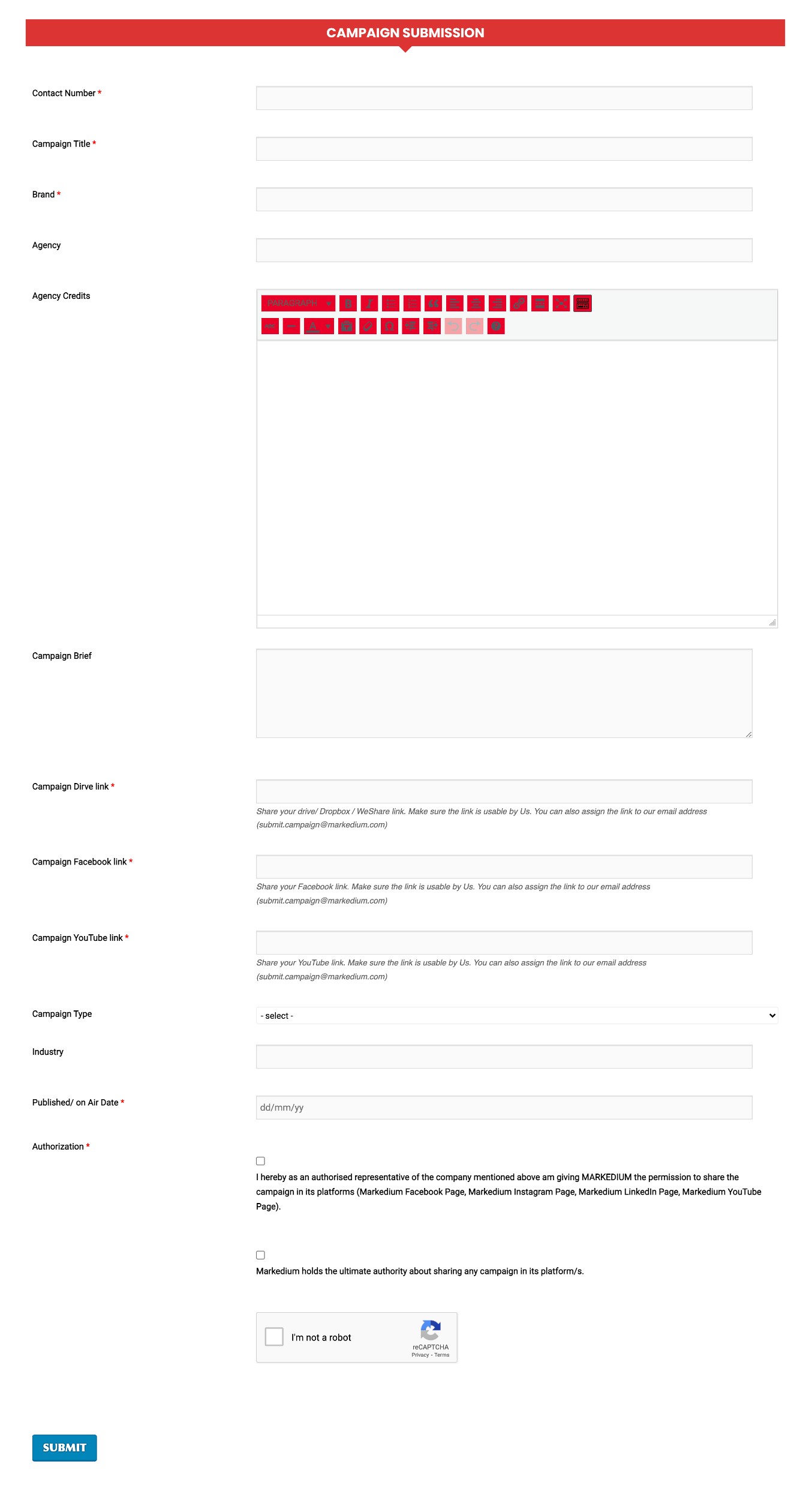
Bangladesh’s Exports Hit a 26-Month Low in October 20233 min read
Bangladesh’s export earnings hit a 26-month low in October, plummeting to $3.76 billion. This downturn was driven by a sharp decline in global demand as consumers worldwide tightened their belts in response to higher inflation.
According to data released by the Export Promotion Bureau (EPB), the export earnings in October were 13.64 percent lower year-on-year, marking the first decline since April. The most impacted sector was ready-made garments, which constitute over 80 percent of the country’s total export earnings. It experienced a substantial drop of approximately 14 percent, falling to $3.17 billion last month, as reported by the Bangladesh Garment Manufacturers and Exporters Association (BGMEA).
The ready-made garment sector has joined other major decliners, including frozen and live fish, agricultural commodities, leather and leather goods, jute and jute goods, and home textiles. These sectors have seen a consistent decline in export earnings in the current fiscal year, following a decline in the previous fiscal year of 2022-23. This export slump comes amid global market uncertainties, including sluggish sales and demand driven by record-high inflation and ongoing conflicts such as the Russia-Ukraine war and the Israel-Hamas conflict. Forecasts for 2023 suggest that the garment sector may not sustain the trade levels seen in the previous year, signaling further economic challenges for Bangladesh.
The drop in export earnings is occurring at a time when the country’s external account is under immense pressure, and foreign currency reserves are dwindling due to export and remittance earnings falling short of international payment requirements, including import bills. In October, remittance inflow reached $1.98 billion, a four-month high, providing some relief, but this gain has been eroded by the export decline. Although the export sector started the current fiscal year with a promising 15 percent growth in July, the pace subsequently slowed down, with a 9.5 percent growth in the first quarter. Overall export earnings for the first four months of the fiscal year increased by 3.52 percent year-on-year, totaling $17.44 billion, according to EPB data.
Read more: Remittance Reaches Its Highest Point in Four Months
Consumers in Bangladesh’s main markets, Europe and the US, have been cutting back on expenditures due to the rising cost of living, while exporters face rising production costs driven by spikes in raw materials and utility costs. Buyers, however, are reluctant to adjust their rates proportionally. Supply chain disruptions and a gas crisis have put pressure on the export of woven garments, affecting shipments to the US and Germany. Bangladesh’s export competitiveness is also challenged by other developing countries, such as Pakistan, which have devalued their currencies more rapidly.
Economic experts warn that the export sector’s competitiveness may further erode if higher inflation remains uncontrolled. Political uncertainty in the country has created uncertainty among entrepreneurs and buyers, which could impact the economy. The hope is that order flows will recover in the coming year, as major economies work to improve their inflation situations, with buyers potentially choosing Bangladesh as a sourcing hub. However, the stability of the political landscape will play a crucial role in determining the country’s economic outlook.
For more updates, stay connected with Markedium.




